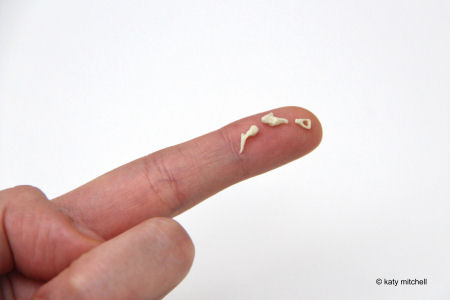What is Glue Ear?

Glue Ear is a build up of fluid in the middle ear, an air filled cavity between the eardrum and the inner ear. The medical term for the condition is Otitis Media with Effusion. When the fluid is accompanied by an ear infection it is called Acute Otitis Media.
It is very common for young children to get congestion in their ears or Otitis Media with Effusion, but this is usually a temporary condition which they grow out of fairly quickly. If the congestion is persistent and causing a hearing loss, it is known as Glue Ear.
 The middle ear contains three tiny bones (the ossicles), the malleus (hammer), incus (anvil) and stapes (stirrup), which are the smallest bones in the body. They are responsible for transmitting vibrations from the eardrum to the inner ear.
The middle ear contains three tiny bones (the ossicles), the malleus (hammer), incus (anvil) and stapes (stirrup), which are the smallest bones in the body. They are responsible for transmitting vibrations from the eardrum to the inner ear.
The presence of fluid in the middle ear prevents the eardrum and these tiny bones from moving freely. It dampens the sound waves as they travel through the eardrum and the ossicles. This results in a temporary conductive hearing loss.
Glue Ear is more common in the winter months and sometimes associated with coughs and colds. Children grow out of Glue Ear and it is less likely to occur in children over the age of 8 years. It usually affects both ears and will normally spontaneously resolve without treatment.
Hearing to Succeed and Achieve is a booklet for families and early years practitioners.
It explains the cause of glue ear and ways to help.
A booklet about Glue Ear has been produced by the National Deaf Children’s Society (NDCS)
Glue Ear Together works with families, education and health, to provide clear, up-to-date information that promotes positive outcomes for children with glue ear.
References
Ewing Foundation (2023) Hearing to Succeed and Achieve
NDCS (2021) 'Glue Ear' a Guide for Parents


